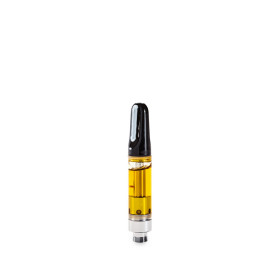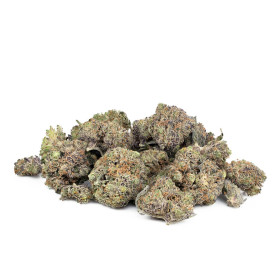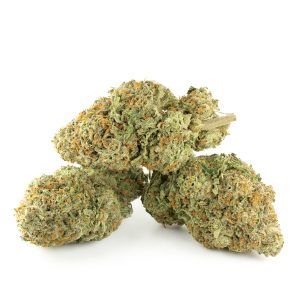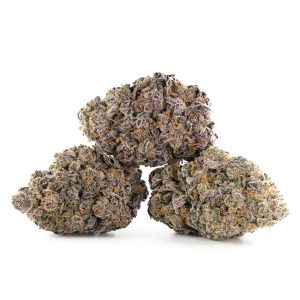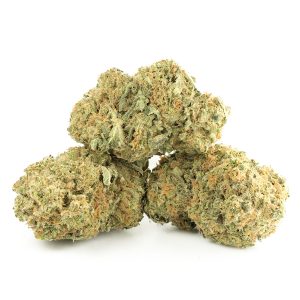Marijuana
How Cannabis Can Help Treat Neurological and Mental Disorders
For centuries, humans have been familiar with the cannabis plant and its effects on the body and the mind. It is often used for recreational purposes; however, it is also studied for its medicinal properties.
Today we’ll take a look at how cannabis has been used to treat certain neurological conditions and mental disorders and what this might mean for the future of the medical industry.
Common Neurological Diseases and Mental Disorders in the Cannabis Conversation
There are a wide variety of neurological disorders. Some are inherited, some present themselves after an injury, and others may develop as a side effect of certain drugs or related medical conditions.
As researchers learn more about the brain and its connection to the body, they also gain insight into these conditions and how they can be treated. Below are some of the most common neurological disorders in the conversation about medical cannabis:
- Epilepsy: Epilepsy is a chronic seizure disease that affects millions of people all over the world. It can start in early childhood or develop later in life. The seizures that people experience range from mild to severe.
- Movement Disorders: Movement disorders include a wide range of conditions that affect the nerve cells in the brain that control muscular activity.
- Huntington’s Disease: This inherited movement
disorder usually presents later in life. Once it does, it progresses rapidly.
Symptoms include loss of movement control, emotional disturbance, and later on,
dementia.
- Parkinson’s Disease: This disease, which also usually presents later in life, is characterized by severe tremors, slowed/stopped movement, and muscle rigidity.
- Tourette’s Syndrome: Tourette’s often appears in childhood. It is characterized by involuntary and rapid vocalizations and/or movements. These vocalizations and movements are widely known as tics.
- Alzheimer’s Disease: This progressive disease usually presents itself in aging populations, but can be early-onset in middle-aged populations. It is often characterized by severe memory loss and changes in behaviour.
- Multiple Sclerosis: This autoimmune disease primarily affects the central nervous system. It often results in reduced coordination, vision loss, fatigue, and severe pain.
In addition to some of the most common neurological disorders listed above, there are a variety of mental disorders that have entered into the conversation on medical cannabis, including:
- Post-traumatic stress disorder
- Schizophrenia
- Depression
- Anxiety and mood disorders
- ADHD and ADD
- Bipolar disorder
Traditional Treatment Options for Neurological Diseased and Mental Disorders
In modern medicine, there is a myriad of treatment options for these types of neurological and mental disorders. Most of these options focus on fighting the symptoms of the disease, slowing the progression of the disease, or trying to prevent it.
Some of the most commonly used medications to combat these types of disorders include dopamine-affecting medications and corticosteroids. Some people pursue other treatments such as cognitive behaviour therapy, brain mapping, physiotherapy, deep brain stimulation, and more.
Treatment options for acute mental health disorders include various forms of therapy, hospitalisation, and disorder-specific medications such as anti-anxiety medication and ant-depressants.
Use of Cannabis for Neurological Disorders and Mental Disorders
In recent years, research on the use of cannabis to treat both neurological and mental disorders has been growing. To understand how patients might use cannabis for neurological and mental disorders, it is important to look at the human endocannabinoid system.
The Endocannabinoid System
The endocannabinoid system is comprised of endocannabinoids and their receptors. According to Healthline, current research points to the presence of two important cannabinoid receptors: the CB1 and CB2 receptors. CB1 receptors are primarily located in the central nervous system while CB2 receptors are located in the peripheral nervous system.
The endocannabinoid system isn’t fully understood, but it is believed to affect a variety of important bodily processes, including sleep, memory, motor control, pain, mood, and more.
CBD, THC and the Brain
CBD (cannabidiol) and THC (tetrahydrocannabinol) are the two most studied cannabinoids found in the cannabis plant. THC has psychoactive properties (which produce a high) and binds to cannabinoid receptors in the body. Both cannabinoids can be extracted and used separately if the right techniques are used.
CBD lacks the psychoactive properties that THC has and doesn’t bind to receptors in the same way that THC does. For these reasons, many people prefer to use CBD as a treatment option, as it doesn’t produce what some consider the undesirable effects of being high.
When it comes to CBD and neurological pain, research suggests that CBD is effective for chronic pain as well as reducing spasticity in MS sufferers. Health Europa notes that CBD has been popularized for its potential as an anti-seizure medication and its potential to treat migraines.
They also note it has also been used to treat anxiety and depression. CBD mental illness research continues to develop. An article in Psychiatric Times notes the potential ties THC pas with psychosis and how it may be useful for treating mental disorders like schizophrenia.
Many of the neurological conditions and mental disorders listed earlier can either be treated with cannabis or still require further research.
Different Strains for Different Disorders
When choosing cannabis to treat different neurological and mental disorders, the strain you choose matters. Different strains of the plant produce different effects on the body.
- Sativa Strains: Sativa strains are often associated with improved levels of alertness and enhanced cognitive ability.
- Indica Strains: Indica strains are generally thought to be more relaxing. They often increase appetite and improve sleep patterns.
- Hybrid: Depending on your condition, a hybrid strain can be highly effective. With a hybrid, users can experience the benefits of both Sativa and Indica.
Conclusion
There is still a lot that isn’t known about the endocannabinoid system. But we do know that cannabis and its prominent compounds, including THC and CBD, can be used as medicine.
Cannabis is used to treat neurological disorders and mental illnesses that affect millions of people each year. As a result, these people have a chance to lead more “normal” lives. As research on medical cannabis grows, the world can expect additional therapies to emerge.



